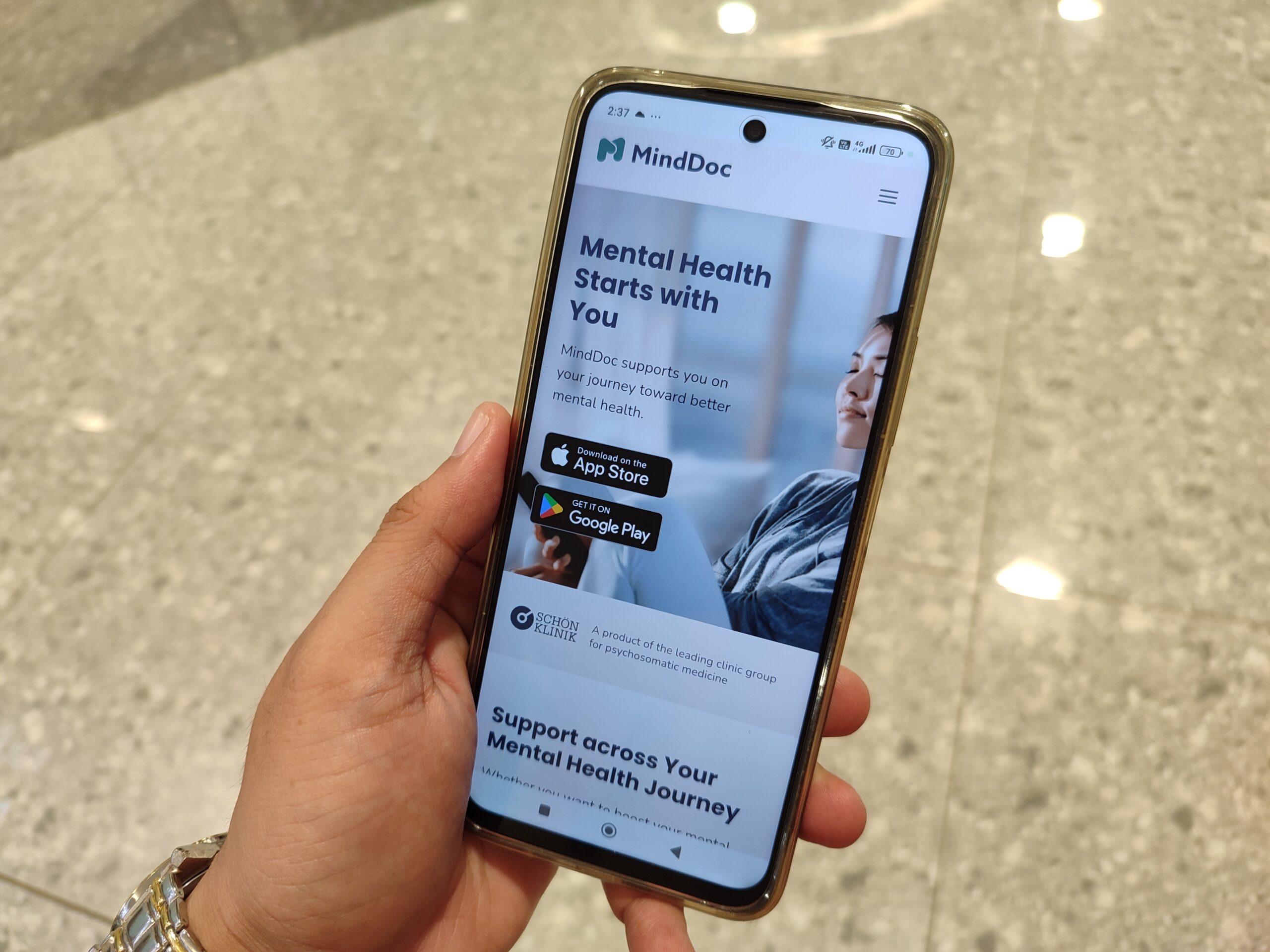If you’ve ever felt like your motivation disappeared overnight, or like you’re constantly running on fumes no matter how much you rest, you’re not alone. Many people mistake signs of burnout for regular stress. But burnout is more than being tired—it’s a deep depletion of your mental, emotional, and physical reserves.
In this post, we’ll break down the signs of burnout, explore why it happens, and go through clear, real-life steps to help you recover. Whether you’re a busy entrepreneur, a parent juggling daily chaos, or someone quietly struggling behind a screen, this article is for you.
🧯 Burnout vs. Everyday Stress: What’s the Difference?
Stress is a natural part of life—it rises in response to pressure and usually fades when the challenge is over. Burnout, however, sticks around. It’s what happens when stress becomes constant, unmanaged, and emotionally heavy. Over time, you’re not just exhausted. You begin to feel disconnected from everything and everyone. You start feeling signs of burnout.
Here’s how burnout differs:
- Stress = over-engaged, anxious, hyperactive
- Burnout = disengaged, numb, emotionally flat
Burnout often feels like you’ve given all you’ve got and there’s nothing left to give. That’s a signal to listen and pivot.
🚩 7 Real-Life Signs of Burnout
The warning signs can vary, but these are some of the most common signs of burnout that show up in daily life:
1. You Wake Up Tired—Every Day
Even after sleeping 8 hours, you feel drained. It’s like no amount of rest touches the exhaustion that’s rooted deep within.
2. You Dread Things You Once Enjoyed
Projects, activities, or even conversations that used to light you up now feel like burdens. Joy is replaced by emotional numbness or irritation.
3. You Struggle to Concentrate
Your mind wanders. You re-read the same email ten times. Completing simple tasks takes much longer than it used to.
4. You Feel Emotionally Fragile
Small things trigger big emotional reactions. One offhand comment or minor mistake feels overwhelming.
5. You Feel Physically Unwell—Often
Stress-related symptoms like frequent headaches, stomach issues, muscle tightness, or random fatigue can all be signs of burnout showing up in your body.
6. You’ve Become Cynical or Apathetic
You might notice yourself becoming overly critical, sarcastic, or emotionally detached. You just don’t care like you used to.
7. You’re Withdrawing Socially
You cancel plans, avoid messages, and start feeling like you’re better off alone—not because you want to, but because you have no energy to engage.
🛠️ Why Burnout Happens (and How to Stop It)
Burnout isn’t caused by weakness or failure. It usually happens when too much is demanded from you for too long, without enough time or space to recover. Some common causes include:
- Work overload
- Lack of control over your schedule
- Perfectionism or fear of failure
- Poor work-life boundaries
- Feeling undervalued or unseen
The root of burnout is often disconnection—from your purpose, your needs, or the rhythm of your life.
🔄 How to Recover: Practical Steps to Restore Balance
Healing from burnout means reconnecting—to rest, to what matters, and to yourself.
1. Pause the Hustle
The first and hardest step is to stop. You might feel guilty for taking a break—but real recovery requires slowing down. Cancel or postpone non-essential tasks. Give yourself breathing space.
2. Tune In to Your Body
Your body knows what you need before your brain does. Check in multiple times a day: Are you hungry? Tired? Tense? Thirsty? Then respond accordingly.
📝 Tip: Place reminders in your phone every few hours just to breathe and assess how you’re feeling.
3. Re-establish Healthy Routines
Bring back basic habits that support health:
- A regular sleep schedule
- Hydration
- Eating real, nourishing food
- 10–20 minutes of movement daily
No need to go extreme. Small steps build momentum.
4. Reframe Productivity
You’re not a machine. Measure your worth by your well-being, not your output. Create a to-do list with only 3 important tasks per day. Celebrate when you check them off.
5. Set Boundaries
Say no without explaining. Turn off notifications after hours. If work-life boundaries are blurred, block time for rest just like you would a meeting.
6. Do Something Completely Unproductive
Seriously. Let yourself draw badly, bake cookies, or lay in the sun with no goal. Playfulness and creativity are powerful tools for healing.
7. Talk It Out
You don’t have to go through burnout alone. Talking with a therapist, life coach, or even a trusted friend can give you perspective—and emotional relief.
🔒 Protecting Yourself from Future Burnout
Recovery is only half the story. To prevent future burnout, you need to create a life where rest and joy are built in, not earned after collapse.
- Plan rest first. Schedule time off before you’re exhausted.
- Track your energy, not just your time.
- Regularly review your commitments and let go of what no longer serves you.
- Celebrate small wins. They matter more than we realize.
- Stay connected to hobbies, people, and values that give you life.
You don’t need to overhaul your entire life to avoid burnout. You just need to prioritize the things that help you feel human again.
It’s Okay to Step Back to Move Forward
Burnout isn’t failure—it’s feedback. It’s your body and soul asking for something different. If you feel like you’re drowning in pressure, give yourself permission to rise slowly. These are signs of burnout perhaps. Take a breath. Take a break. Take back your peace.
The most important thing to remember? You’re not alone in this. And the healing process begins with one small choice: to care for yourself like you would care for someone you love.
